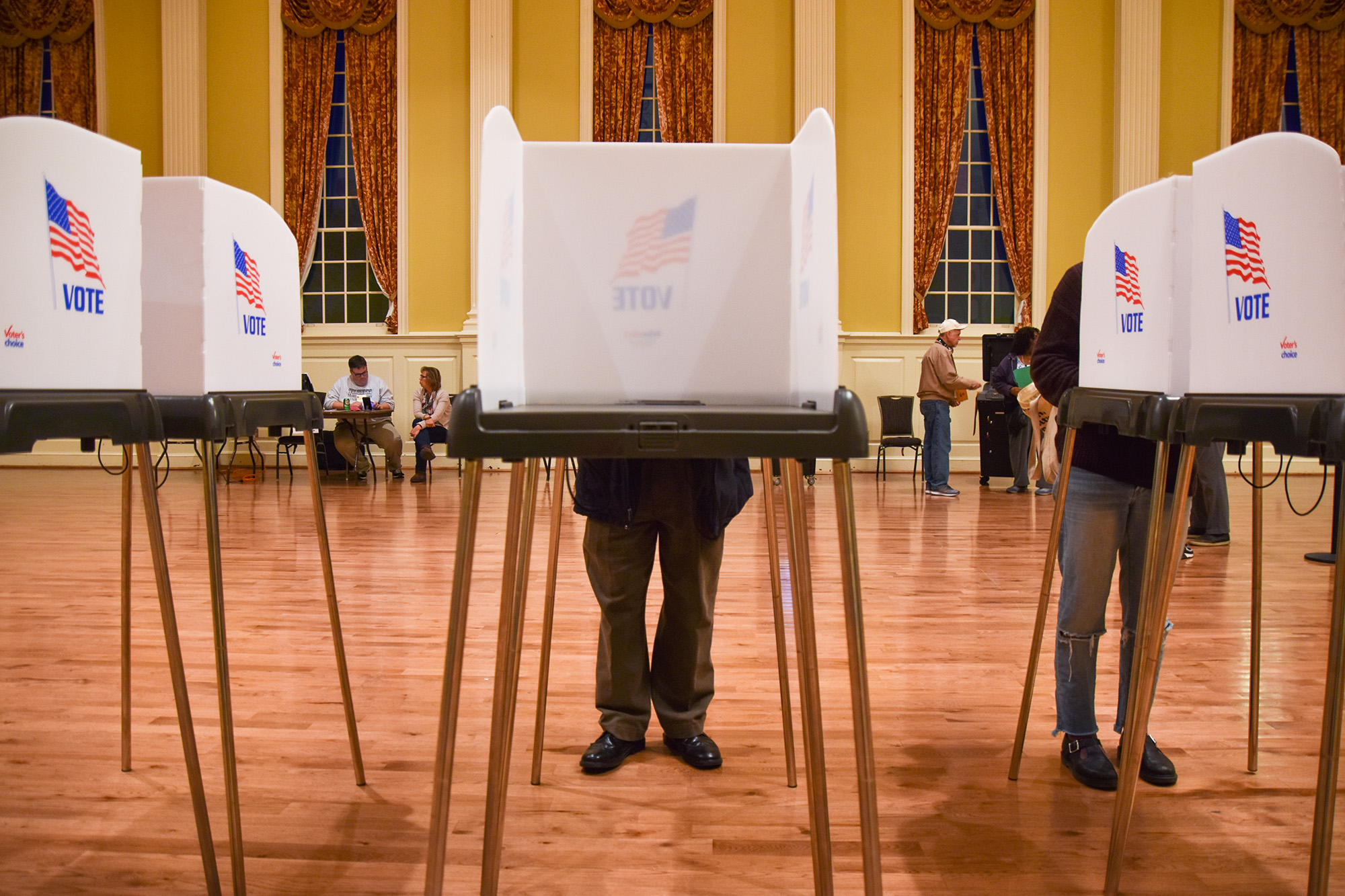Views expressed in opinion columns are the author’s own.
Earlier this year, the Maryland General Assembly had an opportunity to make voting more accessible to college students through the Student Voter Empowerment Act. The bill would have required universities to create and implement a plan to teach students about voter registration, designate a staff member as a “student voting coordinator” and increase the number of polling locations on college campuses.
The bill was not passed.
As a student at the University of Maryland, I’m disappointed that our legislators chose not to make voting more accessible to the community. But just because the bill didn’t pass doesn’t mean this university should be exempt from educating students about voting. In addition to expanding its resources to include the provisions outlined in the bill, the university should treat voter education as an essential part of the university curriculum.
There’s been plenty of talk about the “youth vote” in the United States. In the 2018 midterm elections, nationwide voter turnout increased among 18- to 29-year-olds relative to the 2014 election. However, this rate was still lower than that of any other age group, at 35.6 percent. The political participation of students at this university somewhat reflects the national numbers. Although this university’s student voter turnout significantly increased compared to 2014, it was still only 46 percent in 2018.
We tend to attribute these low numbers to political apathy among young voters, but indifference isn’t necessarily the source of the problem. As I’ve discussed in previous columns, young people genuinely want to be engaged in political dialogue and aren’t afraid to fight for issues they care about, from climate change to racial inequality. The real problem is that young people are not taught how to vote — and college students face unique challenges. For students, many of whom are first-time voters, it can be needlessly intimidating to figure out how to register, where to vote, when to vote and so on. It’s even more difficult when you’re an over-stressed semi-adult living without your parents and attempting to balance school, work and life.
That’s why it’s so important for this university to step up and help make the voting process as simple as possible for its students. The aforementioned bill would have required universities to create an accessible webpage outlining the voting process — something this university could easily do. This could include links to information on registration, nearby polling locations, voting adjustments amid COVID-19 and voting by absentee ballot for out-of-state students.
In addition, this university should treat voting education the same as any element of professional development that would be taught in an advising office or career center. This could easily be included in the curriculum of classes required for first-year students, such as UNIV100. It’s the university’s job to help students with the transition to adulthood and independence. Just as it’s important for students to learn about resumes and professionalism, they also deserve to learn about the civic responsibility to vote.
As a public educational institution, this university has an obligation to provide its students with resources about voting. As we near the general election — one that has unprecedented complications due to the pandemic — figuring out how to vote is a daunting task for young first-timers. The General Assembly already failed us by choosing not to increase accessibility for students. I hope this university doesn’t make the same mistake.
Allison Cochrane is a rising senior biology major. She can be reached at allisonc@umd.edu.



